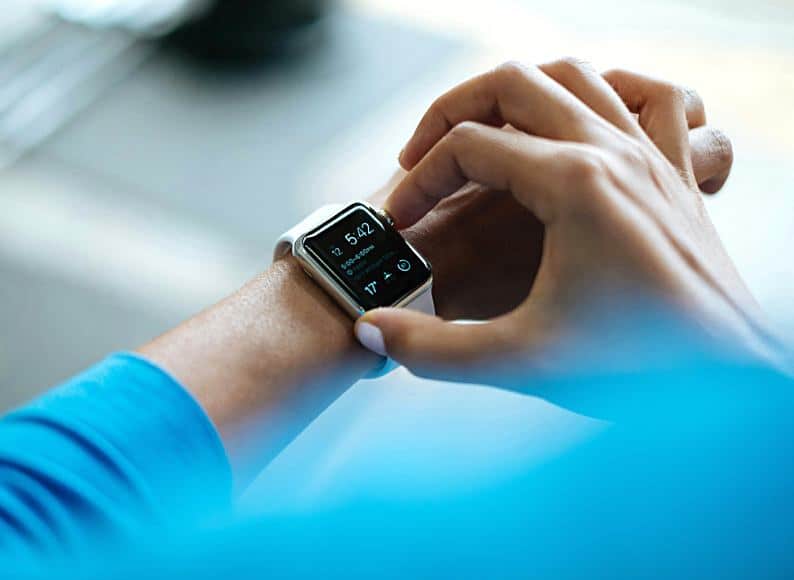words Alexa Wang
In the rapidly evolving landscape of the healthcare industry, software technology has emerged as a pivotal catalyst for change, fundamentally transforming how patient care is delivered, managed, and optimized. This digital revolution, propelled by advancements in healthcare software, is enabling more personalized, efficient, and accessible medical services, setting a new standard for healthcare quality.
From electronic health records that streamline patient data management to AI-driven diagnostics tools that enhance decision-making, healthcare software is not just revolutionizing patient care—it’s redefining the very fabric of healthcare systems worldwide, making it more adaptable, patient-centered, and efficient.
Electronic Health Records (EHRs)
Electronic Health Records (EHRs) are at the forefront of improving patient care by providing a comprehensive, digital record of a patient’s medical history. EHRs facilitate seamless sharing of information across different healthcare providers, ensuring that doctors have immediate access to vital health data when making clinical decisions. This level of interoperability reduces the risk of medical errors and enhances the quality of care by enabling a holistic view of the patient’s health.
Furthermore, EHRs empower patients by giving them direct access to their health records, fostering a greater sense of ownership over their health outcomes. This accessibility promotes informed discussions between patients and healthcare providers, leading to more personalized and effective treatment plans. The digital nature of EHRs also streamlines administrative processes, significantly reducing paperwork and allowing healthcare providers to focus more on patient care than on administrative tasks.
Health Imaging and Diagnostics
Digital imaging and diagnostic tools have revolutionized the way healthcare providers analyze, diagnose, and treat medical conditions. These technologies use advanced algorithms and artificial intelligence (AI) to automate processes like image interpretation, enabling faster diagnosis and more precise treatment recommendations. For instance, AI-driven radiology software can scan large datasets of X-rays or MRI scans in seconds, highlighting abnormalities that may be difficult for the human eye to detect.
This not only saves time but also increases the accuracy of diagnoses, reducing the risk of misdiagnosis and unnecessary treatments. From RIS and PACS systems that manage medical images to AI-powered diagnostic tools, digital imaging technologies are transforming the way healthcare providers approach diagnostics and treatment planning. Plus, the digital storage and sharing of medical images in these systems make healthcare more accessible and convenient for patients.
When healthcare professionals use equipment such as a SWIR Camera, for instance, to help with their medical imaging, they are progressing the way people are treated. Being invasive can worry those being cared for, and create a lot of work, which is why non-invasive methods such as imaging can be highly beneficial for medical staff and patients.
Telehealth and Remote Monitoring
Telehealth has shattered geographical barriers, making healthcare accessible to individuals in remote and underserved regions. It offers a convenient solution for patients to consult with healthcare providers via video conferencing, without the need for physical travel. This not only saves time but also reduces the strain on healthcare facilities by decreasing patient influx, allowing hospitals to prioritize critical care cases.
Remote monitoring technologies complement telehealth by enabling healthcare providers to continuously monitor patients’ health metrics outside the clinical setting. Wearable devices and home monitoring equipment can track vital signs, glucose levels, and other important health indicators in real time. This constant stream of data enhances preventive care, helping to detect potential health issues before they escalate into serious conditions, thereby improving patient outcomes and reducing hospital readmissions.
Artificial Intelligence in Diagnostics
Artificial intelligence (AI) is revolutionizing the field of diagnostics by bringing unprecedented accuracy and speed to the diagnosis process. AI algorithms can analyze complex medical data, including imaging and genetic information, to identify patterns and anomalies that might be missed by the human eye. This capability enhances the detection of diseases at their early stages, significantly improving the chances of successful treatment.
Beyond diagnostics, AI is also being applied in predictive analytics, using historical health data to forecast future health outcomes. This predictive power supports preventive medicine, guiding healthcare providers in crafting proactive care plans that mitigate identified risks. As AI continues to evolve, its integration into diagnostics promises to further elevate healthcare delivery, making it more precise and personalized.
Mobile Health Applications
Mobile health applications have become powerful tools in patient care management, offering users the ability to track health metrics, manage medication schedules, and access healthcare advice at their fingertips. These applications enhance patient engagement with their health, promoting healthier lifestyle choices and enabling self-management of chronic conditions. The convenience and accessibility of information provided by health apps support better compliance with treatment plans and empower patients with knowledge about their health conditions.
Additionally, mobile health apps are instrumental in extending the reach of telehealth services, facilitating easy access to healthcare consultations and remote monitoring capabilities on smartphones and tablets. This expansion of telehealth into the mobile domain significantly increases its accessibility, ensuring that even individuals in the most remote locations have access to quality healthcare services. Through these technological innovations, healthcare software is reshaping the landscape of patient care, making it more personalized, accessible, and efficient.
The integration of software technology in healthcare is a game-changing evolution, reshaping the contours of patient care and healthcare delivery. The advancements in Electronic Health Records, health imaging and diagnostics, telehealth, artificial intelligence, and mobile health applications underscore a pivotal shift towards more personalized, efficient, and accessible healthcare.
This digital revolution is not only enhancing the patient experience but also empowering healthcare providers with the tools and data necessary to make informed decisions, streamline operations, and focus on what truly matters—the patient’s health.











